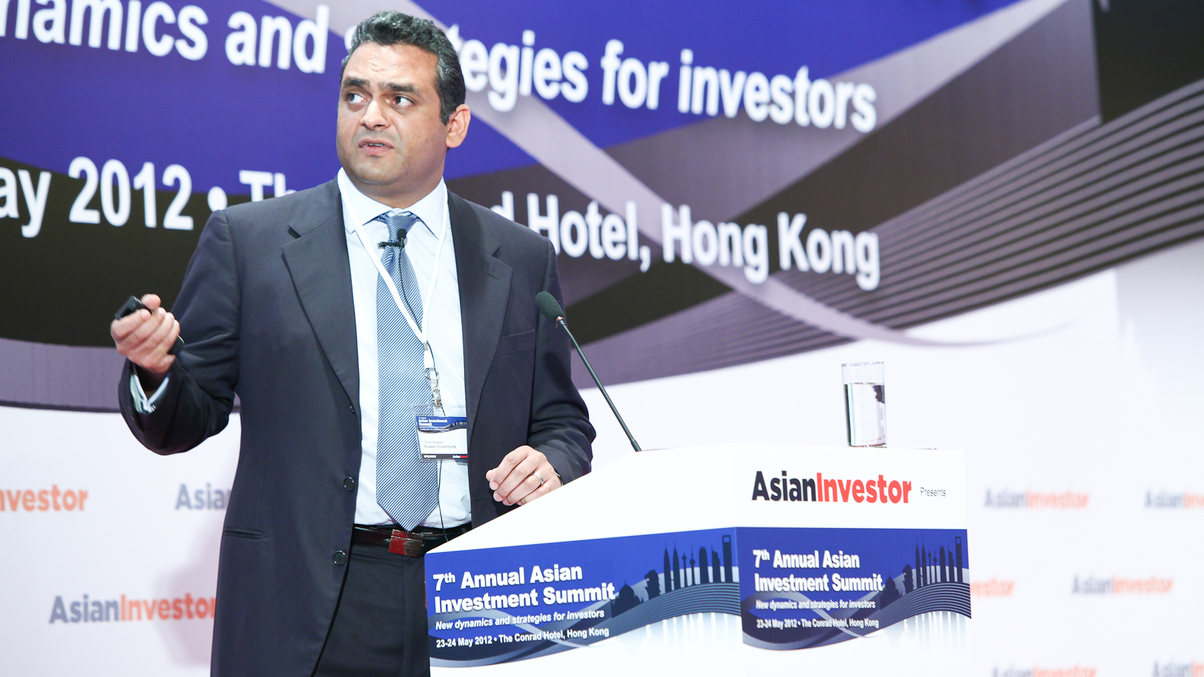Do asset owners really know what they own?
Institutional investors have insufficient knowledge of aggregate positions across managers, and in some cases need to neutralise their bets.

Asset owners need to learn how to take ownership of their assets, by monitoring and in certain cases neutralising some of the bets of their managers to take a total aggregate portfolio view.
Sign In to Your Account
Access Exclusive AsianInvestor Content!
Please sign in to your subscription to unlock full access to our premium AI resources.
Free Registration & 7-Day Trial
Register now to enjoy a 7-day free trial—no registration fees required. Click the link to get started.
Note: This free trial is a one-time offer.
¬ Haymarket Media Limited. All rights reserved.


